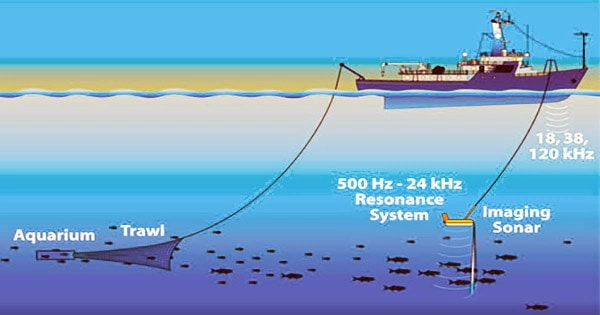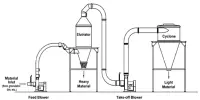Deep learning is gaining popularity in underwater acoustics for upgrading sonar systems to detect ships and submarines in distress or in restricted waters. When attempting to detect targeted ship-radiated noises, however, noise interference from the complex marine environment becomes a barrier.
One of the most important achievements in Deep Learning research in the previous decade is the attention mechanism. It has produced a slew of recent innovations in natural language processing (NLP), including Google’s BERT and the Transformer architecture.
Researchers from China and the United States investigate an attention-based deep neural network (ABNN) to solve this challenge in the Journal of the Acoustical Society of America, published by the Acoustical Society of America through AIP Publishing.
“We found the ABNN was highly accurate in target recognition, exceeding a conventional deep neural network, particularly when using limited single-target data to detect multiple targets,” co-author Qunyan Ren said.
Deep learning is a machine-learning technology that recognizes patterns using artificial neural networks inspired by the human brain. Based on the input in the previous layer, each layer of artificial neurons, or nodes, learns a unique collection of attributes.
Because sound waves travel deeper in the water than radar and light waves, sonar is useful for exploring and charting the ocean. Active sonar transducers send a sound pulse or acoustic signal into the water. If a sound pulse hits an item, the sound bounces off the object and returns to the sonar transducer as an “echo.”
Although a neural network is not a creative system, a deep neural network is far more complex than the first. It can understand voice instructions, recognize sound and pictures, conduct an expert assessment, and a variety of other tasks that need foresight, creativity, and analytics.
ABNN employs an attention module to simulate features of the cognitive process that allow humans to tune out the remainder of an image, language, or other pattern and focus on the most relevant bits. This is performed by increasing the weight of certain nodes in the machine-learning process to boost specific pattern aspects.

The researchers tested two ships in a shallow, 135-square-mile area of the South China Sea, using an ABNN system in sonar equipment for targeted ship detection. They compared their findings to those of a standard deep neural network (DNN). More than 17 interfering vessels in the experimental area were identified using radar and other devices.
They discovered that as the ABNN gravitates toward traits that are strongly connected to the training goals, it improves its predictions significantly. As the network cycles through the whole training dataset, emphasizing the weighted nodes and rejecting irrelevant input, detection becomes more pronounced.
Passive sonar systems are used to detect noise from aquatic objects such as submarines and ships, as well as marine animals such as whales. Passive sonar, unlike active sonar, does not generate its own signal, which is advantageous for military vessels that do not want to be detected or for research missions that wish to “listen” to the ocean discreetly.
While the ABNN accuracy in recognizing ships A and B separately was somewhat higher than the DNN (98.4% and 97.4%, respectively), the ABNN accuracy in detecting both ships in the same vicinity was much higher (74 percent and 58.4 percent).
The neural network must constantly learn in order to solve tasks more accurately or to apply multiple ways to offer a better outcome. It learns how to respond to a new circumstance when it receives fresh information in the system.
A classic ABNN model is typically trained using multiship data for multiple-target identification, but this can be a time-consuming and computationally expensive procedure. The researchers used an ABNN model to train it to recognize each target separately. As the network’s output layer is enlarged, the individual-target datasets combine.
“The need to detect multiple ships at one time is a common scenario, and our model significantly exceeds DNN in detecting two ships in the same vicinity,” Ren said. “Moreover, our ABNN focused on the inherent features of the two ships simultaneously.”
















